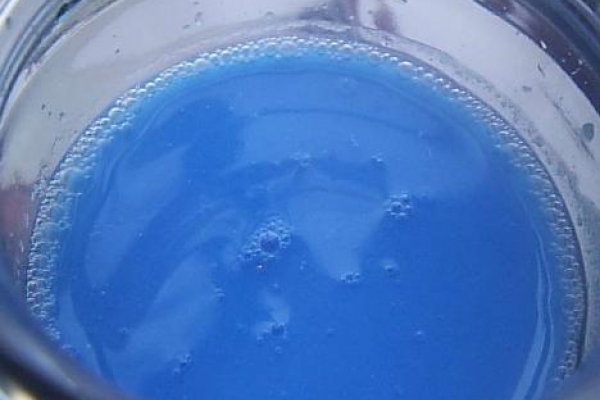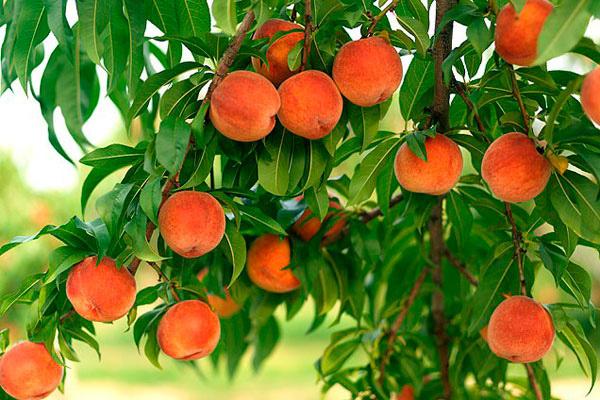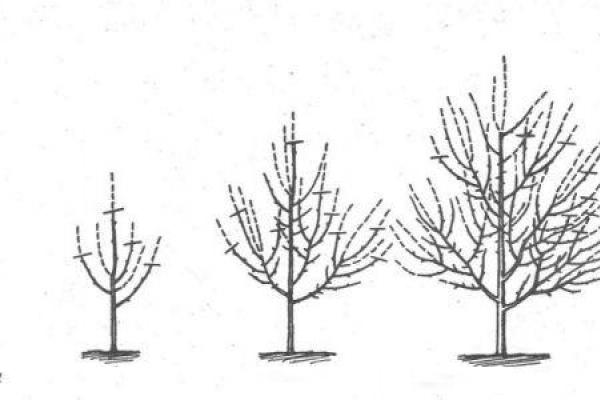When and what to process peaches in spring
Timing and means for processing
Experienced gardeners know how important it is to cultivate fruit trees in the spring. After all, timely spraying of a peach will help to qualitatively fight pests and diseases, which often interfere with the normal growth and development of a crop, and also greatly reduce its yield. Spring processing is preferable for a peach tree with a dense luxurious crown, but others need it just as well. Why is it necessary to process the crop in the spring? Because after winter, the pests wake up and rush to harm the peaches, therefore, spraying is advised to be carried out before the appearance of the first leaves, ideally, before the buds swell. 
When, for a number of reasons, it is not possible to perform treatment in time to prevent diseases and pests in spring, it can be done before flowering. Spraying a peach in spring with a Bordeaux liquid has proven itself excellent. In addition to treating each peach tree in the spring from troubles in the form of scab, as well as other pests and extremely unpleasant diseases, it is customary to spray it for curliness. For these purposes, it is good to use 300 grams of copper sulfate and 400 grams of lime diluted in 10 liters of water.
When the peach enters the growing season in spring, it is recommended to use a solution prepared from 150 grams of lime and 100 grams of vitriol, diluted in 10 liters of water. Before spraying trees with Bordeaux liquid against diseases and parasites, it is necessary to prepare a solution in any container, except for iron. To do this, each drug should be dissolved separately from the others and slowly pour the vitriol solution into the lime in a thin stream. Commercial preparations such as Topaz or Cuproxat also help against curly leaves. 
When properly prepared, the Bordeaux mixture will turn out to be light blue. And with the help of a special indicator, you can also check whether the indicator of its acidity is neutral. In this case, the litmus paper immersed in the liquid should not change its color. At home, testing can be done using a regular nail. The solution can be used if copper does not settle on the nail immersed in it. This means that there is enough lime in it and that the processing of fruit crops can be carried out. It is advisable to spray with a freshly prepared solution in the spring, since after a day it will begin to lose its properties. But even then it can be "refreshed" by adding about 10 grams of sugar to every 10 liters of water.
Treatment in spring with a solution of colloidal sulfur or freshly slaked lime will help well against perforated spotting. Against the pests that appeared during the formation of buds such as caterpillars, silkworms, sawflies, it is advised to use the drug Bi-58 or decis. These measures are effective only if the trees were not previously sprayed with the same substances during bud emergence.If last season the crops suffered from scab, coccomycosis, rust, after the end of flowering, the tree can be processed again. According to generally accepted norms, spraying a peach with Bordeaux 3% liquid in early spring after flowering is considered mandatory, and two weeks later with a solution made with the addition of 40 grams of zineb to 10 liters of water.
Also, the treatment within the above terms with a solution prepared on the basis of wood ash has proven itself well.  You need to add one fourth of the ash, water to the bucket, boil for about an hour, then cool and pass through the filter. From the resulting liquid, then take half a liter, which is mixed with ten liters of plain water. The solution is ready to use and can be stored (undiluted) for about three months.
You need to add one fourth of the ash, water to the bucket, boil for about an hour, then cool and pass through the filter. From the resulting liquid, then take half a liter, which is mixed with ten liters of plain water. The solution is ready to use and can be stored (undiluted) for about three months.
Additional care
In addition to the timely processing of the peach with special preparations, it is important to control the growth of its branches and regularly take measures to remove excess ovaries, as well as fragments of unnecessary growth. Since this culture tends to grow rapidly, an excessively fast crown formation is quite possible. If you correctly remove the extra ovaries, then in the fall you can get new viable shoots that are able to winter with honor. When thinning, remember that the fruits should be on the branches at a distance of about 20 cm from each other.
Do not regret that you have to rid the tree of some branches with fruits, because in return you have received a high-quality and rich harvest. Single fruits are not often affected by fruit rot and moth. It is also important to keep in mind sufficient and regular watering, as it will help the spraying in the fight against insects that can harm the tree in areas where the solution has not gotten.
Since not all crops are capable of overwintering, it is necessary to make a stock from the surviving branches. For grafting, trees are used, the diameter of which is about 1.5 cm, they must be grafted onto an apricot, cherry plum or plum. To do this, cut the tree with a sharp pruner carefully so as not to harm the bark, into which the cutting is then inserted and carefully attached with adhesive plaster or tape. You can protect the grafted tree by wrapping a bag over it. After a few months, the scion will grow together with the stock, and it will be possible to remove the scotch tape so that the tree can grow and develop on its own.
Peach Processing Video
In the video, a man demonstrates how to prepare Bordeaux liquid and how to process peach trees with it.

